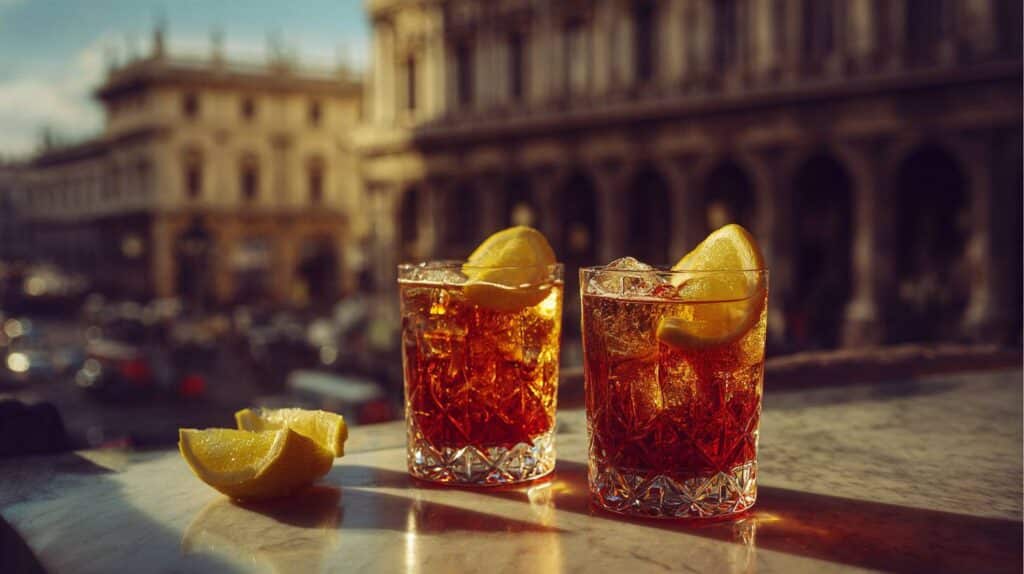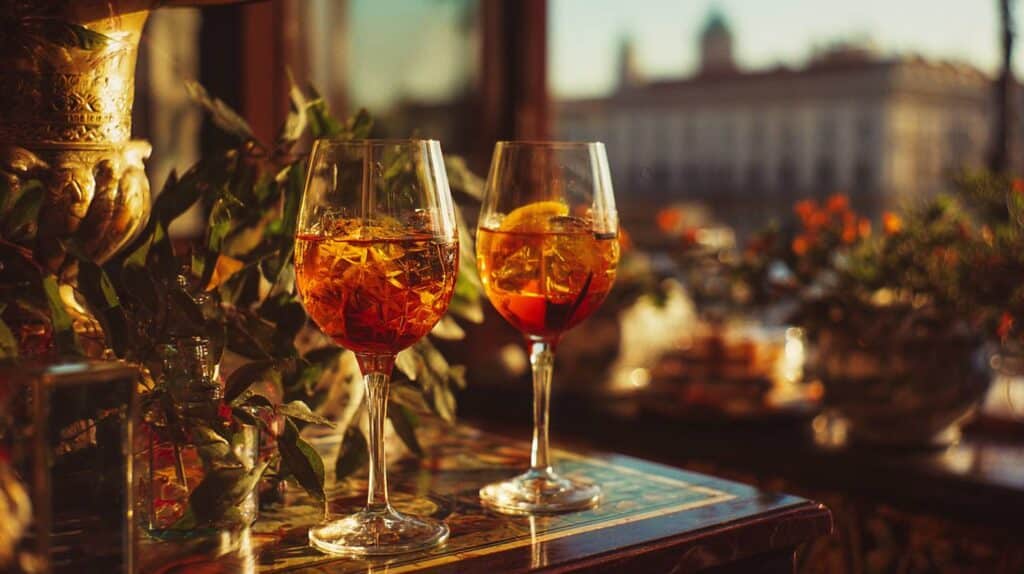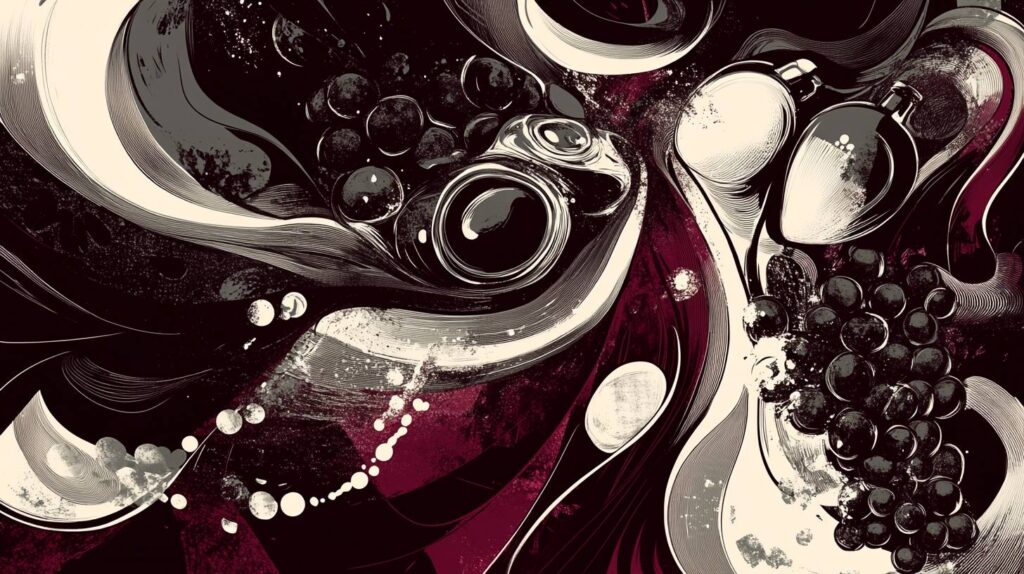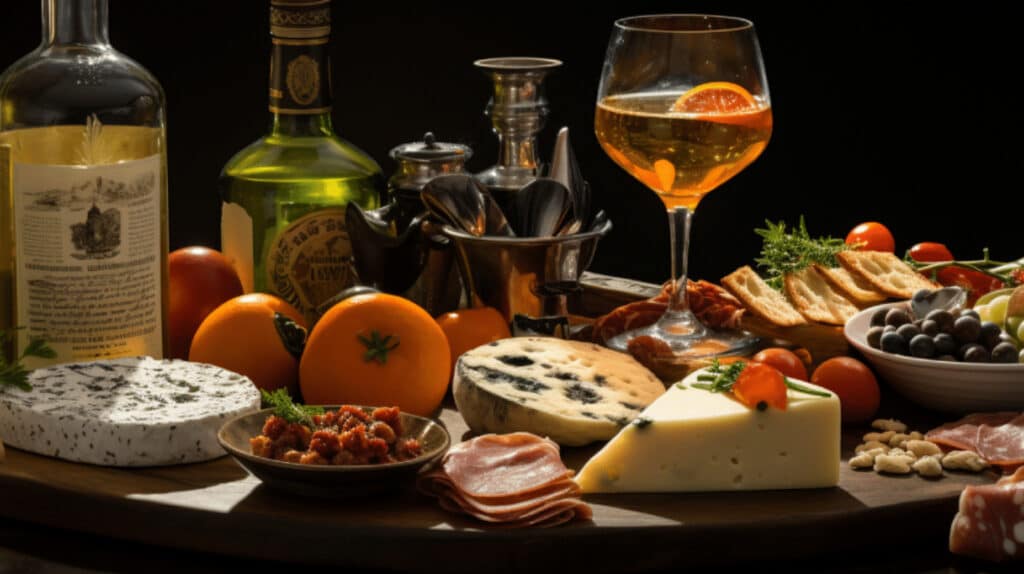To discover how vermouth is made we must dive deeply in its history rich of complex flavors. Originating in Europe, it has been a staple in cocktails and culinary arts for centuries. But what’s often overlooked is the rhythm it brings to the table—both literally and metaphorically. Just like in music, where rhythm sets the tempo and flow, the intricate process of making vermouth involves a sequence of carefully timed steps, from fortification to flavor infusion and aging. Each stage has its own “rhythm”, a set pace and order that contribute to the final product’s unique characteristics.
In Italy and France, where vermouth has its deepest roots, this rhythm is influenced by cultural traditions and local botanicals, much like how regional music styles have their own rhythmic patterns. The “rhythm” of vermouth production also varies depending on whether it’s a sweet, red vermouth from Italy or a dry, white vermouth from France. The timing of ingredient addition, the duration of aging, and even the choice of barrels for maturation—each has its own rhythm that gives the vermouth its distinctive taste and aroma.
Understanding the rhythm behind vermouth production offers a new lens through which to appreciate this versatile beverage, enriching both our palates and our cultural knowledge.
Vermouth Wine Basic Ingredients
In the world of music, the rhythm section — comprising instruments like drums, bass, and piano — lays the foundation for the melody and harmony. Similarly, the basic ingredients for how vermouth is made serve as its “rhythm section”, setting the stage for the complex flavors that follow. These ingredients include wine, botanicals, and a fortifying spirit, each contributing its own “beat” to the overall composition.

The wine, usually a neutral white wine, acts as the base, much like a drumbeat in a song. It provides the foundational flavor and body upon which other elements are layered. Next come the botanicals—herbs, spices, and roots—that introduce complexity and nuance. Think of these as the bass guitar, adding depth and texture to the mix.
Finally, the fortifying spirit, often brandy or a neutral grain spirit, serves as the piano, elevating the entire composition with its richness and strength.
The choice and proportion of these ingredients are crucial in setting the “rhythm” of the vermouth. Too much of one element can overpower the others, disrupting the balance. Just like in a band, where each instrument must be in sync for the music to flow harmoniously, the basic ingredients in vermouth must be carefully orchestrated to create a well-balanced, flavorful drink.
The Flavor Infusion: The Melody in the Rhythm of Vermouth
In a musical composition, the melody is what captures your attention and stays in your memory. Similarly, the flavor infusion stage in vermouth production is akin to the melody in music—it’s the part that makes each vermouth unique and memorable. This stage involves the careful addition of botanicals, herbs, and spices to the fortified wine base. Just as a melody is composed of individual notes arranged in a specific sequence, the flavor infusion is a meticulous process where each ingredient is added in a particular order and quantity to create a harmonious blend.
The “rhythm” of this stage is dictated by the steeping time, which can range from a few days to several weeks. The longer the steeping, the more intense the flavors, much like how a melody can be made more complex by varying the rhythm and duration of its notes. Some producers even have secret “rhythms,” or steeping schedules, that they follow to achieve their signature flavors.
The choice of botanicals also plays a significant role. Just as different musical genres have characteristic melodic structures, different styles of vermouth—be it Italian, French, or Spanish—have their own set of traditional botanicals that define their “melodic” flavor profiles.
Understanding the rhythm of flavor infusion enriches our appreciation of vermouth, revealing the artistry that goes into each bottle.
Filtration and Clarification: The Mixing and Mastering of Vermouth
In the realm of music production, the mixing and mastering stages are crucial for refining a track, ensuring that each element is heard clearly and that the overall sound is balanced. Similarly, to understand how vermouth is made, the filtration and clarification steps in vermouth production serve as the “mixing and mastering” phases, fine-tuning the beverage to achieve a polished final product.
Filtration involves removing any residual particles, such as herbs or spices, that may have been left behind during the infusion stage. This is akin to the mixing process in music, where individual tracks are adjusted to create a cohesive sound. The “rhythm” here is determined by the speed and method of filtration, whether it’s through traditional paper filters or modern centrifugal methods. Each approach has its own tempo and results, affecting the clarity and purity of the vermouth.
Clarification goes a step further, stabilizing the vermouth and preventing any future cloudiness or sedimentation. Think of this as the mastering stage in music, where the track is optimized for various listening environments. The rhythm of this step is set by the time and technique used, such as cold stabilization or fining agents, each contributing to the vermouth’s stability and shelf life.
By understanding the rhythm of these crucial steps, we gain a deeper appreciation for the meticulous care that goes into crafting a bottle of vermout.
Aging and Maturation: The Crescendo in the process of how Vermouth is Made
Bottling and Preservation: The Final Note in Vermouth’s Rhythmic Composition
In music, the final note or chord serves as the resolution, bringing closure to the piece and leaving a lasting impression on the listener. Similarly, the bottling and preservation stage in vermouth production is the “final note” that seals the rhythmic journey from grape to glass. This stage ensures that the vermouth retains its quality and complexity, allowing it to be enjoyed long after it leaves the distillery.
The “rhythm” of this stage in how vermouth is made is set by the bottling speed and the type of preservation methods used. Just as a musical piece can end with a slow, lingering note or a quick, abrupt finish, the bottling process can be either a slow, manual endeavor or a fast, automated operation. Each has its own tempo and implications for quality control.
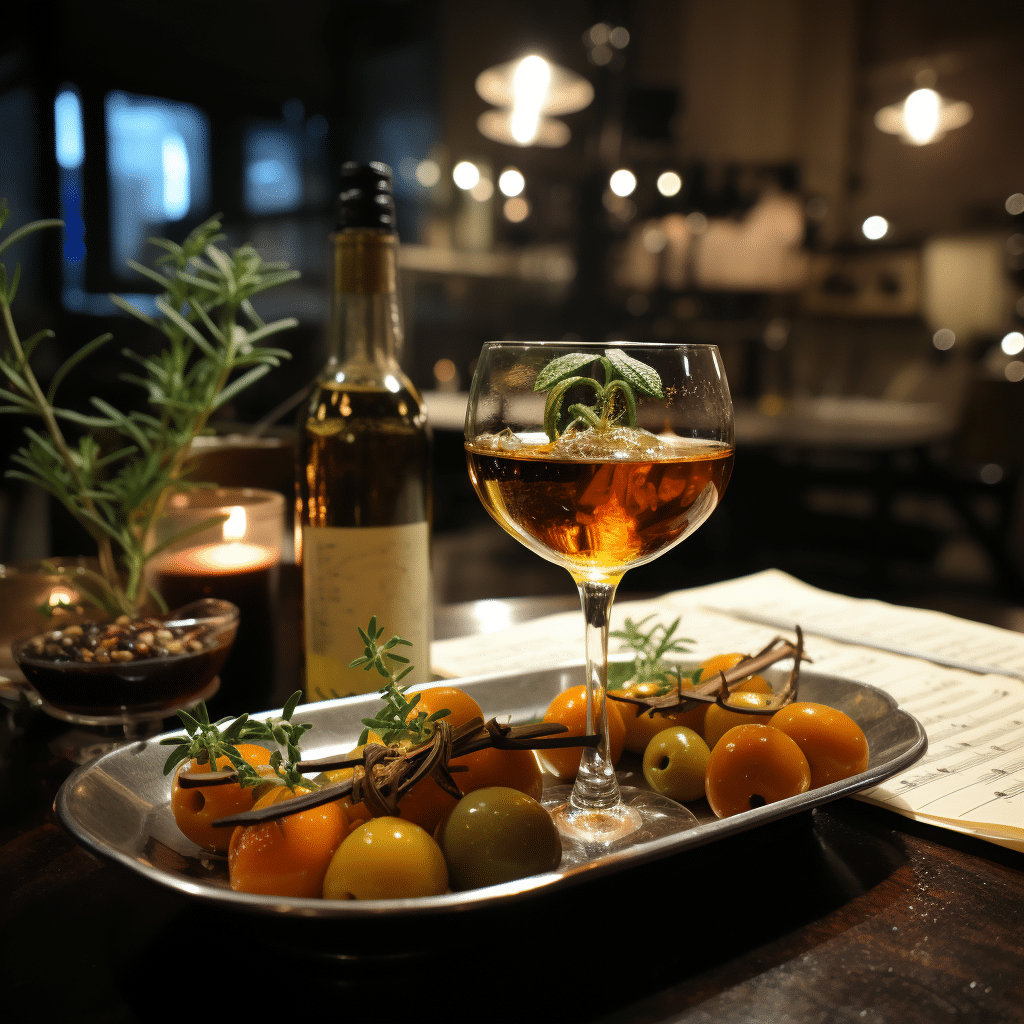
Preservation methods, such as the use of preservatives or inert gases, act like the sustain pedal on a piano, prolonging the life of the vermouth. The choice and amount of preservatives can affect the “rhythm” of how the vermouth ages in the bottle, either slowing down or accelerating the changes in flavor over time.
Understanding the rhythm of bottling and preservation gives us insight into the final steps that encapsulate the artistry, craftsmanship, and science behind each bottle of vermouth.
Quality Control: The Conductor of Vermouth’s Rhythmic Symphony
In an orchestra, the conductor ensures that every instrument is in tune and that each musician follows the score, maintaining the rhythm and harmony of the performance. In the world of vermouth production, quality control serves as the “conductor,” overseeing each stage to ensure that the final product meets the highest standards. This is the checkpoint where the rhythmic flow of production either passes muster or is sent back for refinement.
The “rhythm” of quality control is set by a series of tests and evaluations, each with its own tempo and sequence. These can include sensory assessments, where expert tasters evaluate the vermouth’s flavor and aroma, akin to how a conductor listens for the nuances in a musical piece. Chemical analyses may also be conducted to measure alcohol content, acidity, and other parameters, much like how a metronome is used to keep the tempo in music.
In some cases, quality control involves a “rehearsal” phase, where small batches are produced and tested before full-scale production. This allows for fine-tuning, ensuring that the rhythm of each ingredient and process aligns perfectly in the final composition.
Understanding how vermouth is made illuminates the meticulous attention to detail that goes into crafting each bottle, making each sip a testament to the art and science of vermouth production.




